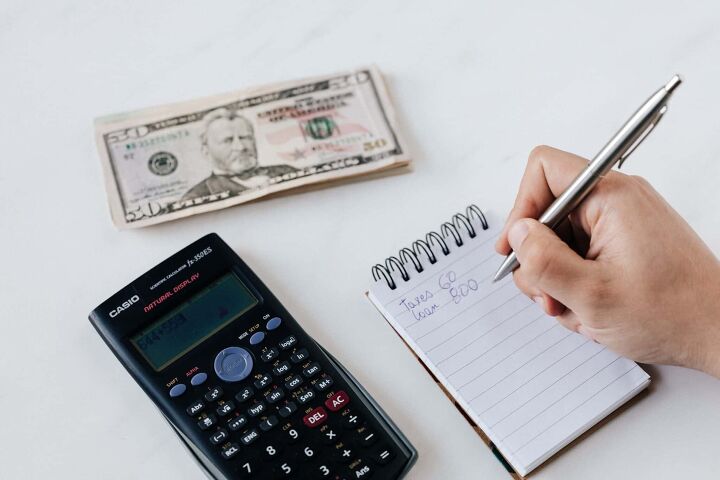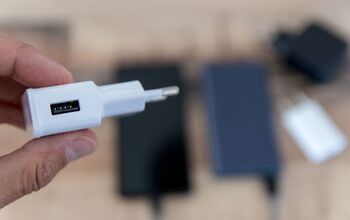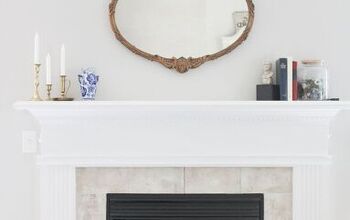Which Budgeting Style Is for You? Top Budgeting Styles

This post may contain affiliate links. Read the disclosure.
If you aren’t on a budget, it can be hard to keep track of your spending and maximize your savings. Having a monthly budget can give you more control over where your money goes. It can help you pay down debt and enhance your financial security.
A simple budget can help you live your best life by optimizing your cash flow to achieve your financial goals.
According to the National Foundation for Credit Counseling, only 47% of Americans track their spending using some type of budgeting method. It’s no fun to live paycheck-to-paycheck or have no idea where your money is going.
Even if you think your spending is aligned with your financial plan, keeping track of how money is spent each month can help you identify where money habits are working against you.
If you want to pay off debt, save for a house or big vacation, or create an emergency fund, check out these 5 budgeting methods to decide which spending plan is best.
1. The Zero-Based Budget Style
This budget style is excellent if you like things in black and white. The zero-based budget is a simple concept. Take your income and subtract your expenses to equal zero.
This budgeting style works well for people who know how much money they have coming in each month. If you have a set income or can estimate your monthly paychecks, tally up your monthly expenses and savings until you reach your income level.
Accuracy is critical with the zero-based budget. For example, if you spend too much money on groceries, you will need to cover the difference from another category, such as personal care or entertainment. Try to plan for big expenses that are coming up and include them in the plan to avoid a budgeting shock.
While it’s always good to keep an emergency fund for unexpected expenses, the zero-based budgeting style is a line-by-line, detail-oriented method that’s a good match for a seasoned budgeter.
2. The Pay-Yourself-First Budget Style
Maybe your main budget goal is to pay off debt and save for a rainy day.
The pay-yourself-first budget style is a simple way to set aside money for savings and debt repayment with each paycheck. Then, once you’ve paid yourself first (savings) and settled your monthly bills (debt repayment), you can spend any leftover money.
While it’s wise to start paying off any high-interest debt you may owe, remember to pay your necessary bills and expenses first.
This budget style is great if you struggle with setting aside saving every month or if you want to take a broader budgeting approach. In addition, you don’t need to worry about how you spend your leftover discretionary cash since you’ve already settled the debt and topped up your savings fund.
3. The Envelope Budget Style
This is a strict method for people who are serious about getting their spending under control.
While the envelope system is like the zero-based concept, the envelope budget style helps with visual accountability for every dollar you spend by doing it all in cash. In addition, financial guru Dave Ramsey says the envelope budget system can help you escape debt by avoiding swiping credit or debit cards.
First, you’ll need to decide on budget categories and limits. Next, label an envelope for each spending category. Next, use your budget categories as a guide to withdrawing money to fill each envelope. For instance, if you budgeted $300 for groceries this month, put $300 in cash in that envelope.
When you go to the store, take the envelope with you. If you run out of money before the end of the month, you can’t spend anything else on groceries unless you raid your other envelopes.
It’s a good idea to avoid doing this since taking cash from other envelopes will leave you short by the end of the month. This method is suitable for someone comfortable carrying cash around. It might not work if you prefer using credit or debit cards for convenience or rewards.
4. The 50/30/20 Budget Style
This simple method takes less work than the zero-budget or envelope system.
You will break down expenses into three areas:
- Necessities (50%)
- Discretionary (30%)
- Savings and debt payments (20%)
This method is an excellent option if you’re new to budgeting since you won’t need to track every penny.
Just differentiate between needs and wants while you allocate 20% of your income towards debt repayments and savings funds.
Some people find that the 50/30/20 budget style doesn’t suit their needs since they have a pile of debt or want to throw more money towards savings.
No need to worry. You can always customize this budget to align with your individual needs. For instance, you can always swap the savings/debt category with discretionary expenses.
5. The Kakeibo Budget Style
Want to practice a more mindful approach to financial freedom?
Try Kakeibo, a money-management style that started over a century ago in Japan. It includes mindful spending, journaling about your thoughts and attitudes towards money, and practicing minimalism to reduce consumerism and spending.
Start every month by reflecting on your available income, savings goals, and how you would like to improve your financial future. First, set aside a chunk of money for savings. Then, track your expenses in a journal as they appear.
Divide your monthly expenses into four different categories. These include needs, wants, a cultural experience-related purchase, or an unexpected/emergency expense. Take time as you shop to review your purchases. Journal about why you bought an item and how it made you feel. Did you feel satisfied? Secure? Guilty? Happy?
At the end of the month, tally up how much you spent in each area and compare how it matches up to how you want to manage your money.
This is a good budget style for people wanting to explore the why behind why they spend, enjoy using pen and paper to jot down thoughts and expenses, and take time to reflect on their goals.
Which Budgeting Style is Best for You?
Now that you have an overview of several top ways to budget, it’s time to choose one that can work for you. It’s essential to recognize that no budgeting plan is one-size-fits-all. Before getting started with a budget app or spreadsheet, it’s good to sit down and figure out where your money goes each month.
Once you’ve broken down how much you earn per month and your total average outgoing expenses, you can think about what type of budget best suits your financial needs and goals.
Final Thoughts
Once you choose a budgeting style, figure out how you want to plan out your budget. If you prefer the old-school method, you could write it down in a budget binder or a bullet journal. If you want to access your budget on your computer or smartphone, you can make an Excel spreadsheet, create a budget on Google Sheets, or use a budgeting app.
It’s okay if you don’t figure out a budgeting style that works for you right away. Some trial and error is expected when you’re working to bring structure to your household financial management.
Keep trying until you find the best style for you and make your financial goals a reality.












![101 Items to Get Rid of With No Regret [Free Declutter List]](https://cdn-fastly.thesimplifydaily.com/media/2022/08/30/8349390/101-items-to-get-rid-of-with-no-regret-free-declutter-list.jpg?size=350x220)







Comments
Join the conversation